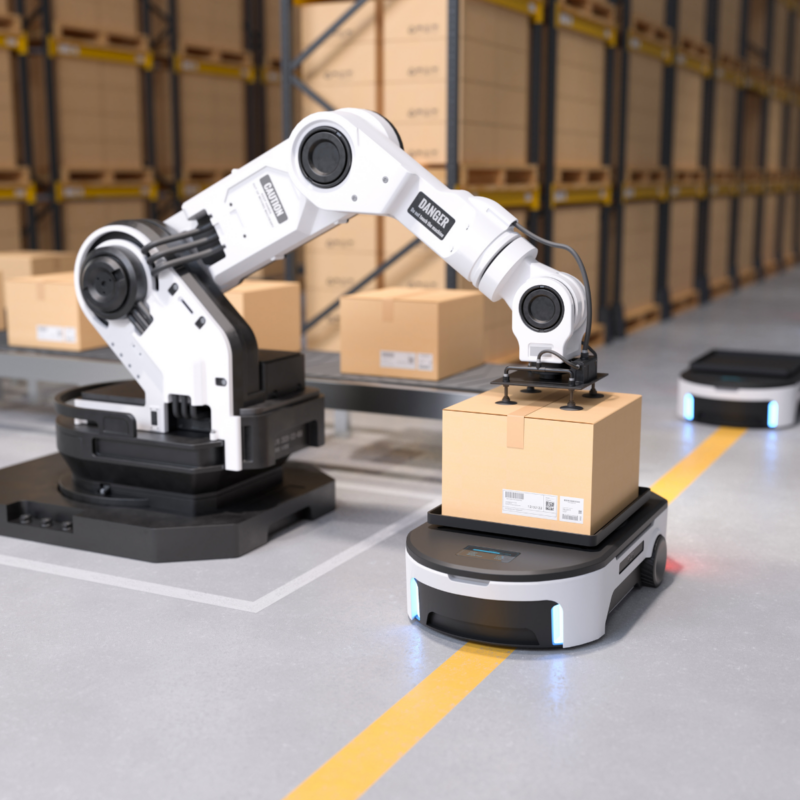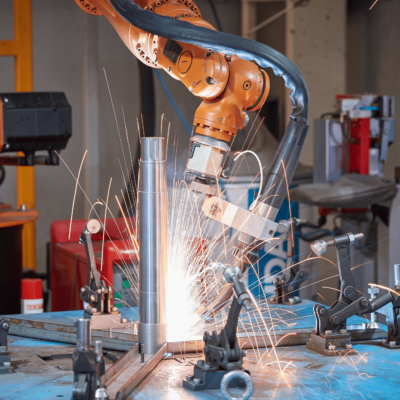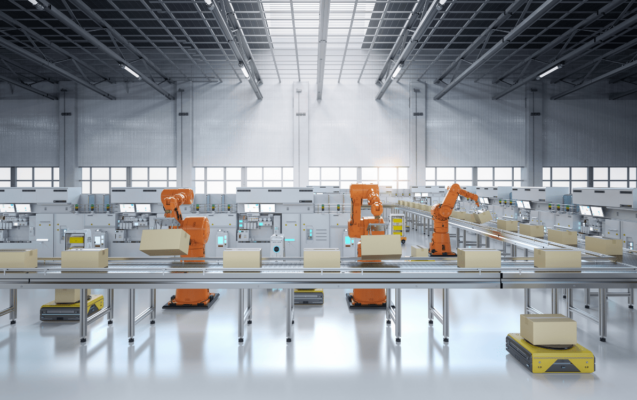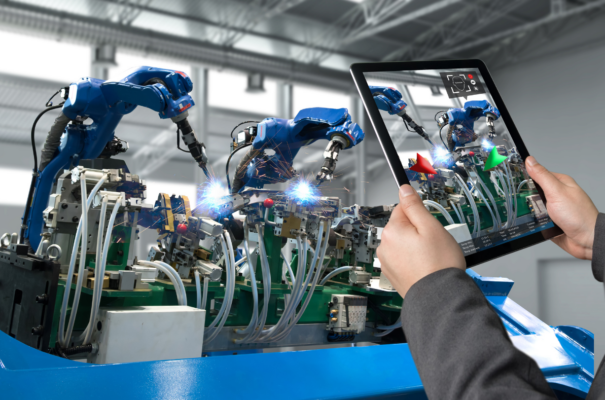Looking to boost your manufacturing line’s efficiency? The right Autonomous Mobile Robot (AMR) can make all the difference. With so many options available, picking the best one might seem overwhelming. That’s where we come in.
This guide offers 10 key tips to help you choose the AMR that fits your needs today and supports your growth tomorrow. We focus on what matters to you: efficiency, integration, and scalability.
Let’s get started on finding your ideal AMR.
What is an AMR?
An Autonomous Mobile Robot (AMR) is a powerful tool that helps move materials in your factory or warehouse without needing a person to guide it. It uses sensors to see what’s around and avoid running into things, making it safe to work near your team. AMRs can take on different tasks, from carrying products from one spot to another to helping organize your inventory. Adding an AMR to your operations can boost your efficiency, lessen the workload on your employees, and make your processes smoother. It’s a practical step towards making your workplace more modern and efficient.
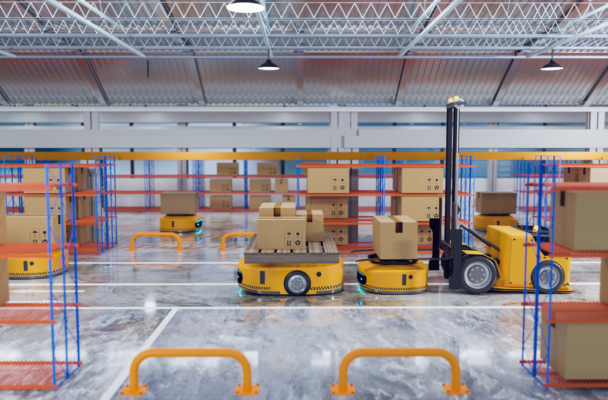
How Does an AMR Work?
Seeing and Moving:
An AMR has sensors and software that help it see its environment. This means it can move around your workplace, avoiding obstacles like machines or people, all by itself. It’s designed to make things safer and keep your work flowing without stops.
Getting the Job Done:
You can set up AMRs to do a variety of tasks, such as delivering materials to different parts of your warehouse or bringing components to your assembly lines. They easily fit into the way you work, aiming to boost your efficiency. They connect to your systems and coordinate with other devices, making sure everything runs smoothly.
Learning to Be Better:
Over time, an AMR learns the best ways to navigate your space. It gets smarter about avoiding delays and improving its routes. This means it continually adapts, reducing the need for you to guide it every step of the way.
What are AMRs Used For?
Moving Things Around:
One of the main jobs for AMRs is to transport materials. Whether it’s moving parts from storage to your production line or delivering finished products to the shipping area, AMRs handle these tasks efficiently. This means you and your team can focus on more critical work, knowing that the AMR is taking care of the heavy lifting.
Assisting with Inventory:
AMRs also play a big role in managing inventory. They can move around your storage areas, scanning barcodes and updating inventory levels in real-time. This helps you keep track of what you have and where it is, making it easier to plan your production and reduce the risk of running out of materials.
Supporting Production:
In production lines, AMRs can supply components to workstations or move products through different stages of assembly and quality checks. They ensure that each part of your process is supplied on time, which can speed up production and reduce bottlenecks.
Improving Safety & Efficiency:
By taking over repetitive or potentially hazardous tasks, AMRs help make your workplace safer. They reduce the need for people to carry heavy loads or move materials in busy areas, which can lower the risk of accidents. Plus, AMRs work around the clock, so they can keep your operations running smoothly, even outside of regular working hours.
Tailored to Your Needs:
The beauty of AMRs is that they can be programmed and adapted to meet your specific needs. As your business grows and changes, AMRs can be reconfigured to take on new tasks, making them a flexible and valuable part of your team.
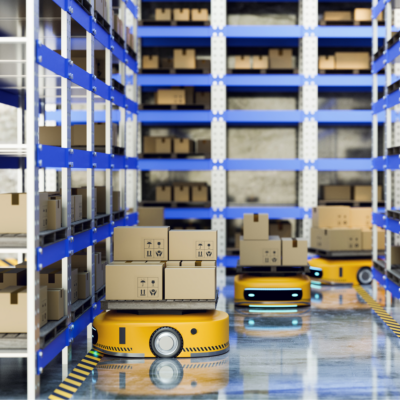
10 Tips for Choosing the Right AMR:
1. Understand Your Needs:
Before diving into options, think about what you need. Do you need an AMR for moving products, assisting in assembly, or something else? Understanding your specific needs is the first step to finding the right AMR.
2. Consider the Payload:
How much weight do your tasks involve? Make sure the AMR you choose can handle the load, whether it’s light components or heavier items.
3. Evaluate the Environment:
Look at where the AMR will work. Is it indoors, outdoors, or a mix? Your choice should fit your environment, dealing well with floor conditions, space, and even the weather if needed.
4. Navigation Tech Matters:
Different AMRs navigate differently. Some use lasers, others cameras. Choose one that suits your workspace best, ensuring it can move smoothly without getting lost or stuck.
5. Scalability is Key:
Think about the future. You want an AMR that can grow with your business, adapting to new tasks and environments as your needs evolve.
6. Integration Capabilities:
Your AMR should work well with your current systems. Check that it can easily connect to your existing tech setup, like inventory management or production control systems.
7. Safety First:
Safety is non-negotiable. Pick an AMR with reliable safety features that prevent accidents, especially if it will work close to your team.
8. Total Cost of Ownership:
Don’t just look at the purchase price. Consider maintenance, software updates, and even energy consumption. The true cost includes how much it’ll cost to own and operate the AMR over time.
9. Vendor Support:
Good support can make a big difference. Choose a vendor known for excellent customer service, training, and help with troubleshooting.
10. User-Friendly Design:
Lastly, you want an AMR that’s easy to use and maintain. It should have a straightforward interface and not require constant calls to tech support.
Choosing the right AMR is about finding a balance between what you need today and what you might need tomorrow. By focusing on these tips, you can select an AMR that not only meets your current requirements but also offers room for growth and adaptation. Remember, the goal is to enhance your operations, making them more efficient, safe, and flexible.
Conclusion:
Choosing the right Autonomous Mobile Robot (AMR) can significantly boost your efficiency and streamline your operations. This guide has walked you through 10 crucial tips to ensure you pick the AMR that suits your needs today and supports your growth in the future. It’s all about what works for you—ensuring the AMR fits into your environment, integrates with your systems, and is scalable. With the right AMR, you’ll enhance productivity, improve safety, and future-proof your operations. Start now to transform your workspace with the ideal AMR, making your processes smoother and more efficient.
Do you want to compare different AMRs?
Are you looking for a System Integrator?
